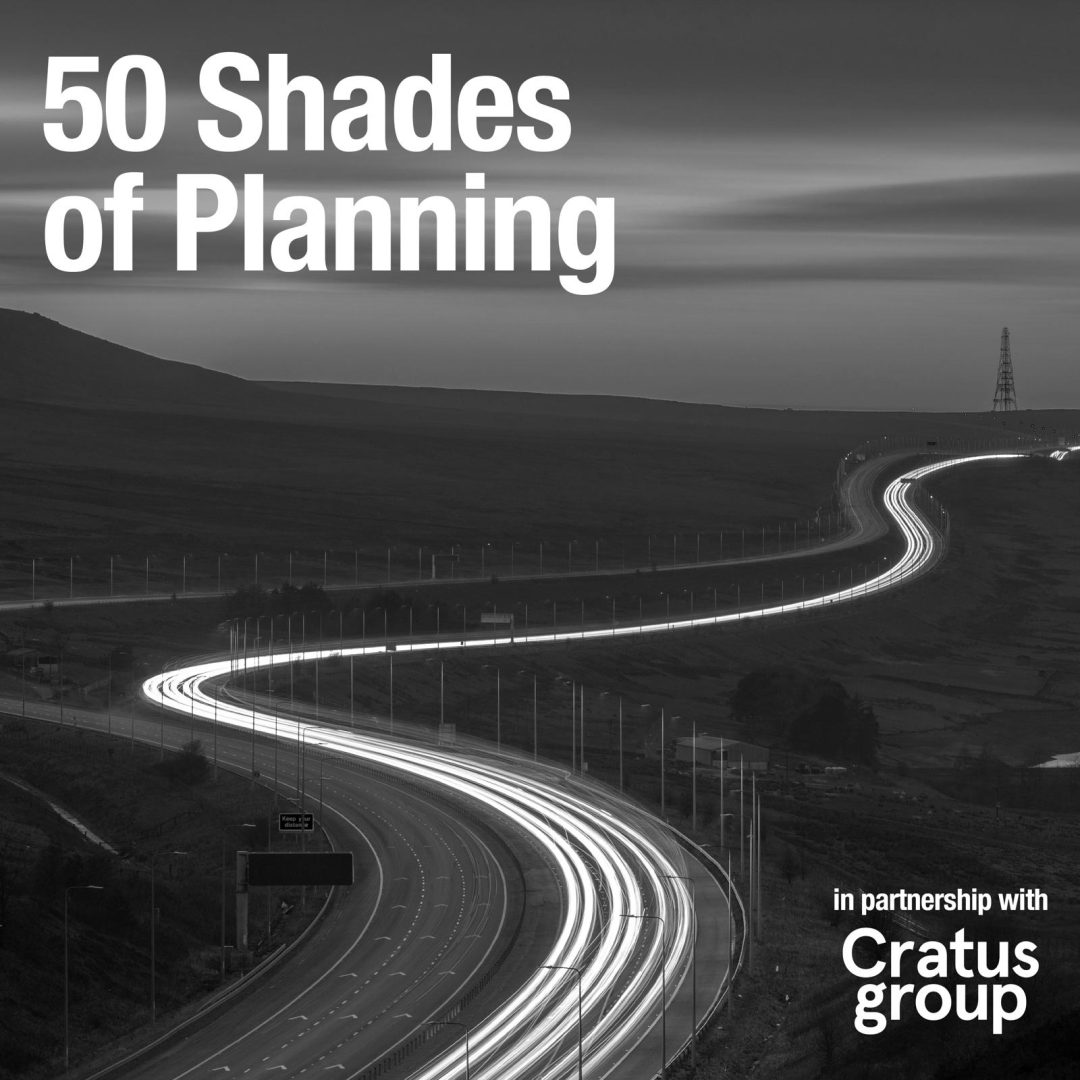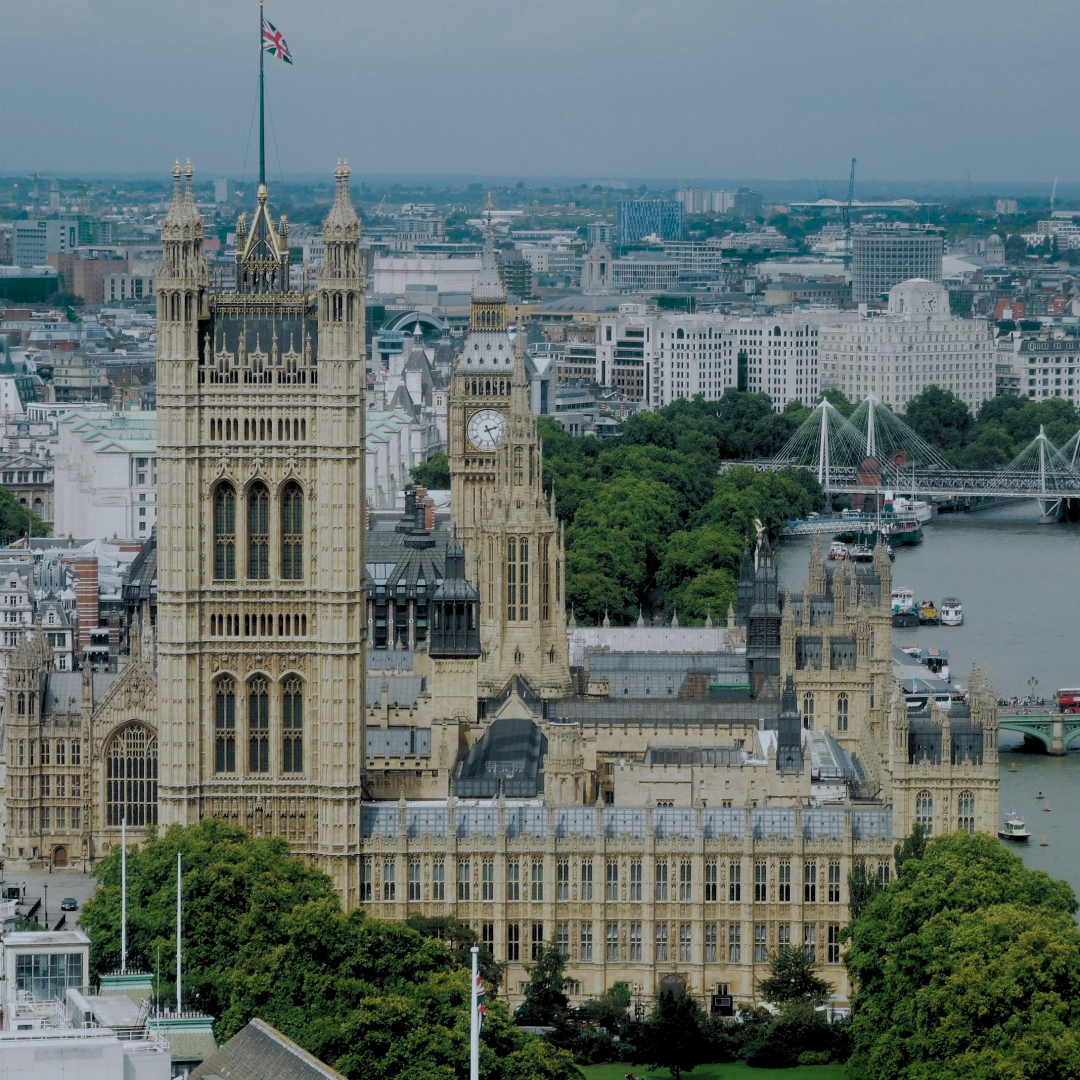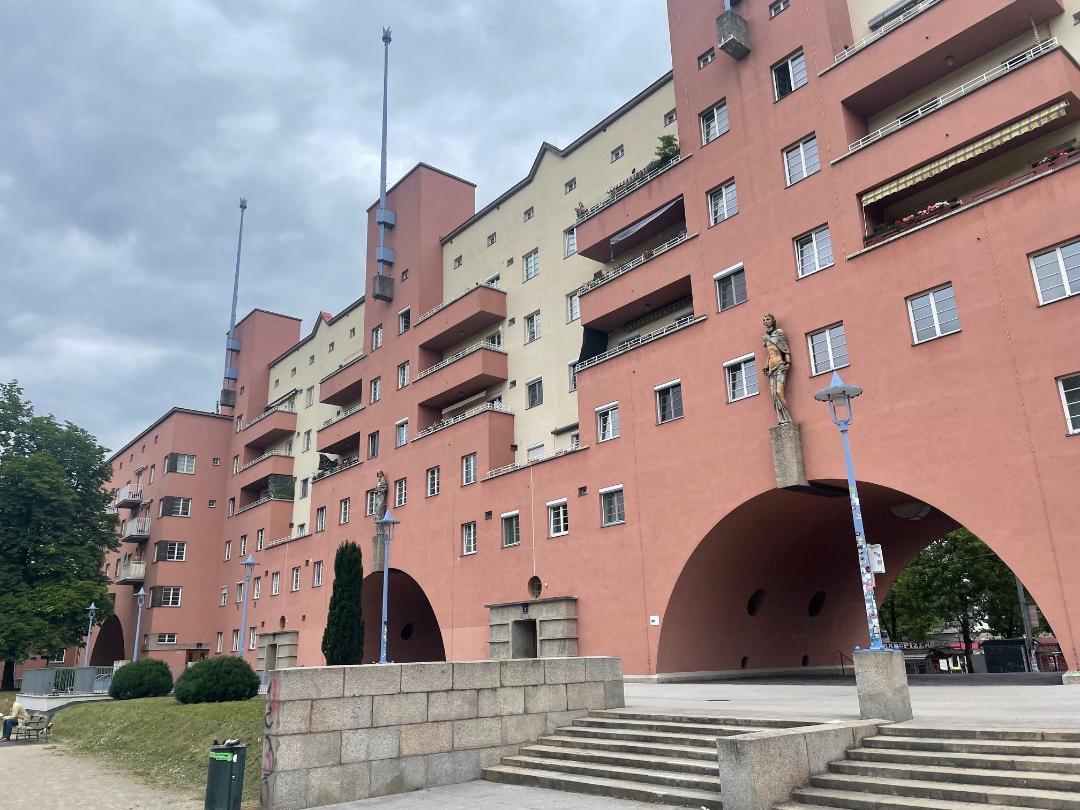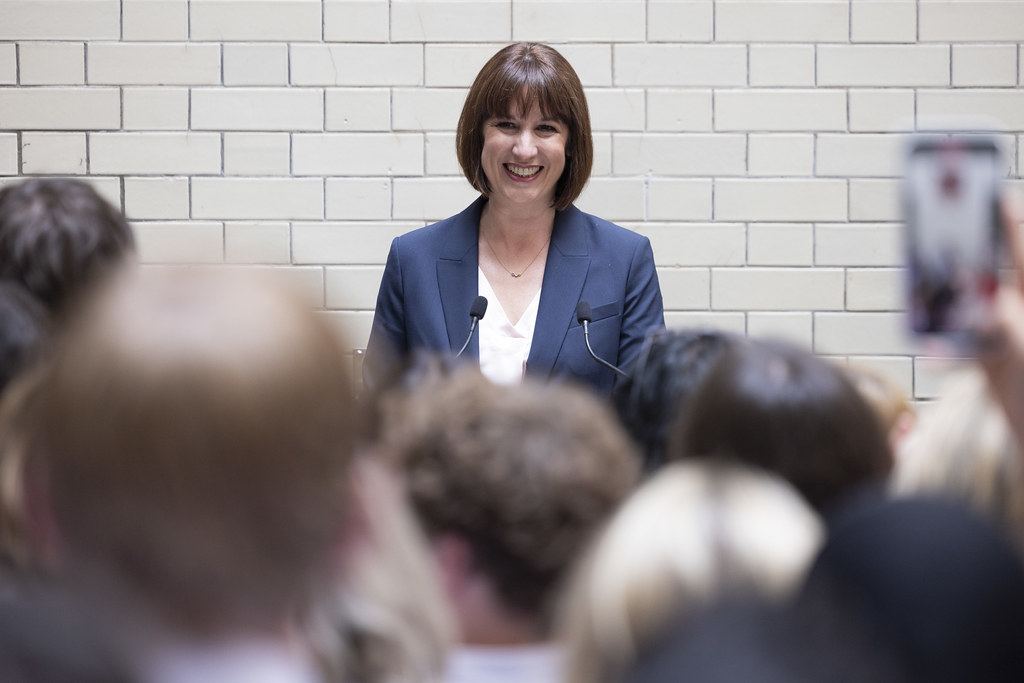Winds of Change
The Government has announced a change of course on planning for onshore wind
After several months of fevered speculation and multiple consultations which held out the promise of a changed environment for onshore wind, the Government’s hand has finally been forced, as confirmed by a Ministerial Statement on 5 September.
As ever, it was politics that won out, rather than process. The threat of a backbench rebellion led by former COP26 President Alok Sharma proved too potent for Michael Gove to defeat, and the new Ministerial Statement will go some way towards meeting the demands of Tory rebels and the Labour opposition, without fully satisfying either party, or indeed the renewable energy industry.
Secretary of State Michael Gove told the House of Commons that over 26,000 responses had been received to last December’s NPPF consultations. Announcing the changes, Gove said that it was clear a balance would need to be struck between the country’s great need and vast potential for onshore wind development, and the democratic consent of affected communities.
The proof of the statement’s effects will be in the windswept pudding. Sites for onshore wind will no longer need to be identified through the Local Plan process, with the revised NPPF published shortly after the Statement highlighting more streamlined methods such as the use of Community Right to Build Orders which may be used.
The language around community consent is also to be changed. Despite Gove saying that it was not the policy intention for single community objections to derail wind proposals, he admitted that this is what in many cases has happened.
New novel ways of seeking community support are to be prioritised, with the statement also making reference to mechanisms which could drive benefits directly to communities – for instance through lower energy bills and Community Benefit Funds directed towards local people.
What it means for the long-hobbled industry is uncertain. While any loosening of the planning regime will surely be welcomed, developers and promoters will want proof of a stable policy environment before rushing into a new onshore wind boom.
Either way, the new NPPF makes clear that an engagement-led approach will be key. From recent work in the renewable energy sector, Cratus has boiled down three fundamental principles of engagement which the onshore wind industry would be wise to heed:
Early engagement
In the changed landscape, early engagement will be key to setting a wind project up for success. Many council leaderships, ward councillors and community groups are not instinctively opposed to onshore wind, and it is likely that certain pro-wind authorities will emerge based on the latest guidance.
These councils may be willing to lend their support to projects which they see as sensible. Inviting them to contribute their views on projects from the earliest stage – for instance around site selection, construction impacts and community benefits – will help to forestall opposition and put strong foundations in place for a development’s ultimate success.
In addition, general support for renewable energy exists within communities, and supporters of new wind projects may be more willing to speak up than would supporters of a new housing development. Early engagement allows these supporters to be identified before the wind farm has become a topic of local conversation.
Bespoke messaging
The messaging required to ‘sell’ the benefits of renewable development to communities is also changing. Broad claims about power being generated for a certain number of homes, or about a wind farm helping to fight the threat of climate change per se are increasingly being viewed with scepticism.
Identifying the issues likely to be of tangible relevance to local stakeholders from the outset will play an important role in the new landscape.
For instance, an understanding of the local economy will help predict the relevance of the land’s agricultural classification to public debate over the project. An understanding of local dynamics allows clients to understand the specific community benefits that will matter to local stakeholders, moving beyond standard messaging to prove that you ‘get’ local concerns. Carefully formulated messaging regarding biodiversity and ecological benefits can help to make a project more tangible in the eyes of residents.
Ongoing communication
Once contact is established and you have gained the trust of local influencers, reiterating your commitment to a positive relationship is key. Checking in with politicians both before and after submitting an application, facilitating site visits if requested for local community groups, and responding to consultation responses in a timely manner will bolster the perception that local stakeholders are helping to ‘steer’ the process.
Last year, there were more onshore wind turbines built in Ukraine than in England. It’s obvious that the industry will be working from a standing start. Navigating the new environment will surely be challenging – though hopefully no longer quite so frightening.
7th September 2023








